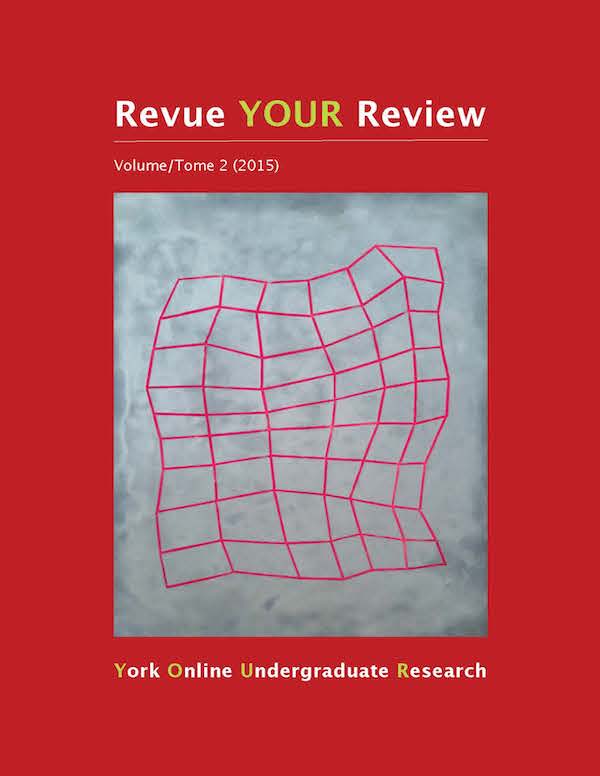Differences in the Relationship and Interaction Between Goldenrod Plants and Their Inhibitors in Varying Habitats and Locations
Résumé
There are many complex interactions between organisms in an ecosystem. This experiment focused on the interactions between the Goldenrod plant, its gall inducer, the Eurosta solidaginis larva and its enemies, the Eurytoma gigantea, Eurytoma obtusiventris, and Morellistena unicomor. The study was done in four sites north of Toronto: Minesing (ditch), Minesing (uphill), Glengarry Notch, and North Glengarry. A total of 15 samples were analyzed for their relationship between plant density and number of galls; the correlation between the height of the plant and the number of galls; the differences in the size of galls that had one gall and multiple galls; and the differences in the size of galls between Eurosta larva and Eurytoma larva. It was found that the number of galls increases with increase in plant density, since the induction of galls increases stem production in plants. The number of galls significantly varied between habitat and soil texture. The height of the plant decreased with increasing gall numbers, due to the damage caused by gall induction. However, this factor was also explained by low availability of resources and presence of high levels of competition in the habitat. The size of the galls were bigger in plants that had multiple galls, due to the host’s stress tolerability encoded by genotype; the less stress-tolerant plants were rejected by the gall-inducing insects. Finally, the gall size was determined through a balancing selection between the small gall size preferred by the Eurytoma and the large gall sizes that were more susceptible to predation by birds.
Téléchargements
Comment citer
Numéro
Rubrique
Licence
Les auteurs qui contribuent à la Revue YOUR Review acceptent de publier leurs articles selon une des trois catégories de la licence 4.0 : Creative Commons Attribution 4.0 International; Creative Commons Attribution-Pas d'Utilisation Commerciale 4.0 International; ou Creative Commons Attribution-Pas de Modification 4.0 International. Tout contenu éditorial de ce site ainsi que les affiches et les résumés sont sous la licence Creative Commons Attribution-Pas de Modification 4.0 International. Pour plus d’informations, veuillez voir :
https://creativecommons.org/licenses/
Dans tous les cas, les auteurs conservent leurs droits d’auteurs et concèdent à la Revue YOUR Review le droit de première publication. Les auteurs peuvent, par la suite, conclure d’autres accords de distribution non exclusifs de la version publiée dans ce périodique (par exemple, l’afficher à un dépôt institutionnel ou le publier dans un livre ou dans un autre périodique) à condition que la reconnaissance fasse mention de la publication originale dans la Revue YOUR Review.


